Launching a company goes beyond “building the thing right.” It’s about “building the right thing.”
In this City University session, Kyle and Josh expand on what that means, with tips on how your venture can build the right thing first without wasting time, money, or resources.
Read the Recap
Are you asking the right questions?
Think of an engineer. Their job is to build the thing right. You pop open the hood and make it run fast, make it run efficient — regardless of what you’re making. But that’s the catch.
You can make something run really fast and efficient, but no one is asking the questions: Should you? Who wants this? Who will buy this?
Those are the key questions that need to be asked and answered in order to build the right thing. When you’re building the right thing, you need to look to the market to understand what exactly you need to build first, before you go out a spend time, money, and resources on something that might not be product market fit.
By identifying the industry and key trends shaping your potential business environment, figuring out who your key customers are, how they feel, and what motivates them, you have started to analyze what would be the right thing to build. This is the first step in defining your venture’s unique value proposition, or in other words, the unique benefits your product or service offers to your customers and why they should buy in.
We’re on a Short String Here…
A pivotal concept of “building the right thing” is Lean Startup. Lean Startup is a methodology used in the founding of a new company or to introduce new products from an existing company. This method cultivated by Eric Ries pushes for developing products that consumers have already demonstrated a desire for — meaning a market already exists as soon as the product is launched.
“If you think about a visual image of ‘building the right thing’ a lot of people think it is a straight line,” Josh explained. “They have it in their head, the idea, and with a limited amount of string to draw a straight line from point A to point B, and then they’re done.”
“But that’s a fallacy,” Josh continued.
Building the right thing may not be in the position that people anticipate, and instead of taking a huge leap of faith and failing, it’s important to take small shots through experimental validation.
We can take small shots and say, “Oh! We’re going in the wrong direction!” and pivot up, even with that finite amount of string. Doing this allows us to learn faster, pivot quicker, and be able to build the right thing.
It’s also respectful of the resources that you have available. If you don’t have an unlimited amount of string to use to change direction, that’s one thing that often gets missed. They understand that they have a budget, but they’re really only focused on staying under the budget but that is often a constraint that we need to work creatively with.”
Take Your Venture Further with Incremental Learning
If you only have one shot to make your venture a success and only so much budget to work with, divide that shot into thirds, fourths, or fifths allow you to get incrementally closer to building the right thing.
This thinking is a nod to Jim Collins’ Fire Bullets Then Cannonballs concept. First, you fire out low-cost, low-risk, low-distraction experiments to figure out what will work. This helps to calibrate your efforts — and once validated, you can fire out concentrated, high-investment resources. Calibrated calculations will get results, uncalibrated ones will result in disaster.
There’s an old adage that we love: “You always know more about the project once it’s done and over.” So, why not take advantage of that by making your project artificially smaller? This will allow you to learn more at the end, then take that and fold it into the next project.
Doing this is called incremental learning. It’s actually a method of machine learning in which the learning process takes place whenever new examples emerge and adjustments are made according to the new examples, but this thinking can be applied to almost any industry and project.
Overall, incremental learning increases the speed of learning. At City Innovations, our process of incremental learning, experimental validation, and pivoting where necessary is highly valuable because it helps ventures build exactly the right thing for their customers or market — and accounts for any new information that we learn along the way.
Want to get started? Click here to reach out to us. We’d love to hear from you.




